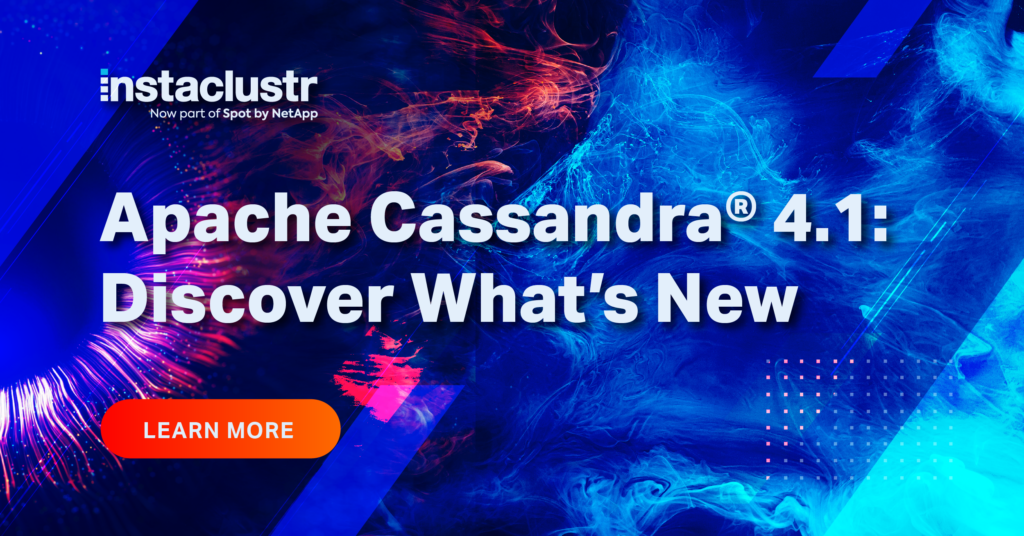Apache Cassandra® 4.1 is bringing some seriously useful new features to the table!
First up: the new Guardrails framework is specifically designed to help operators avoid configuration and usage pitfalls that could potentially degrade the performance and availability of their clusters. This is a big deal, as it means that you will have more control over how Cassandra is used and can proactively prevent issues from arising. You can disable certain features, disallow certain configuration values, and even set soft and hard limits for certain database magnitudes.
But that is not all. Cassandra 4.1 is also introducing the Partition Denylist feature, giving you options for dealing with problematic partitions. With Partition Denylists, you can now choose between providing access to the entire data set with reduced performance or reducing the available data set to ensure that performance is not affected. This is a game-changer, as it means that you will have more control over how problematic partitions impact other reads and writes; you can even prevent slow and resource-intensive operations before they have a chance to start.
And if that was not enough, the Paxos optimizations in this release are set to improve latency and halve the number of round trips needed to achieve consensus. Plus, they guarantee linearizability across range movements – something you would normally only expect from a database with strong consistency.
As for updates to the Cassandra Query Language (CQL), developers can now group by time range, use CONTAINS and CONTAINS KEY conditions in conditional updates, and even use IF EXISTS and IF NOT EXISTS in ALTER statements. All these updates are going to make it even easier and more efficient to work with Cassandra.
All in all, Apache Cassandra 4.1 is shaping up to be a great release with some truly impressive new features – so many, in fact, we cannot even list them all in this article!
If you are a Cassandra user, then you do not want to miss out on everything 4.1 has to offer!



